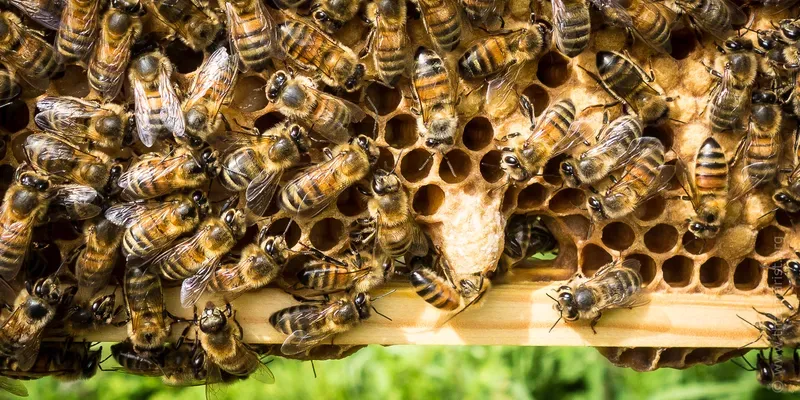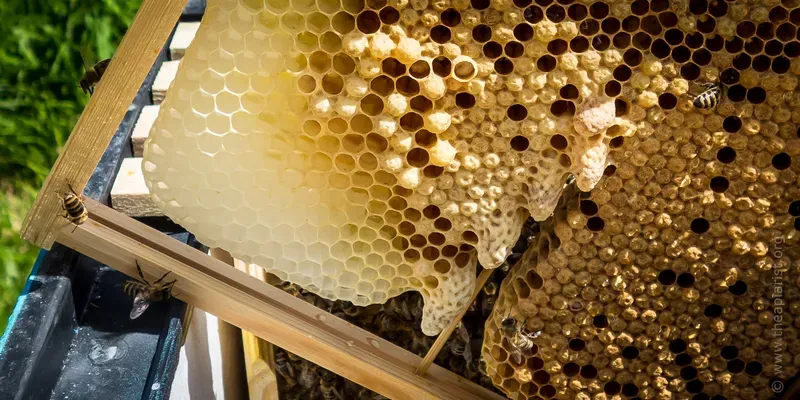How to : The vertical split

Swarm control and disease management are the two near-universal features of the beekeeping year. Do either wrong and you risk losing your bees; they disappear over the apiary fence as your colony swarms in late spring, or the colony succumbs to the ravages of Varroa and viruses in the middle of winter.
I've already written a lot about Varroa control ... with the new season fast-approaching it's now time to discuss swarms (and stopping them 😄).
Swarm control is the intervention by the beekeeper to prevent the loss of a swarm. It is therefore applied reactively, typically after swarm prevention strategies like supering early have been exhausted.
During a routine inspection you find evidence of swarm preparations by the colony - typically open (unsealed) queen cells - and you intervene to achieve three things:
- prevent the loss of a swarm
- postpone, prevent or dissipate the urge to swarm
- maintain or increase colony numbers
Irrespective of the method of swarm control applied, the general principles are broadly the same.
The colony is divided in such a way that both 'halves' (though it is rarely a 50:50 split) are viable or have the potential to be viable - either because it is queenright, or has the ability to become queenright. Subsequent timely intervention by the beekeeper further reduces the possibility of a swarm being lost, resulting in the eventual creation of an additional queenright colony. This is either allowed to expand separately, or united with the initial colony if increase is not wanted.
The resulting colony or colonies may attempt to swarm again later in the season - in this case further swarm control will be needed. This depends upon your bees, the forage available and the weather.
However, the successful application of swarm control usually takes 3-4 weeks to complete, and many colonies then settle down for the remainder of the season, meaning swarm control will not be needed again until the following year.

The same, but different
Despite the conserved principles of swarm control, the methods by which they are applied are numerous and varied (and sometimes - particularly for the beginner - perplexing).
Most beekeeping associations teach the Pagden artificial swarm. It works dependably well when applied correctly, but requires space and a complete spare hive.
The vertical split - described below - is an alternative that requires less space and less equipment. It also offers several additional advantages, albeit at the cost of some increased lifting. It's a method I have used for many years, though - as regular readers will be aware - I usually favour the nucleus method of swarm control (not least because I have lots of spare nuc boxes and an out apiary to move them to).
Nevertheless, as an alternative to the Pagden method, the vertical split is definitely worth considering, particularly if you are a new beekeeper who is short of equipment, or if you do not want to increase your colony numbers.
I'll describe the normal method of conducting a vertical split, a minor variant if you cannot find the queen, the pre-emptive application of the method before swarm preparations are started, what to do with the two colonies you end up with, how to include stock improvement and some final points that need to be taken into account however it is applied.
That's a lot to cover ... buckle up, it's a long post 😉.